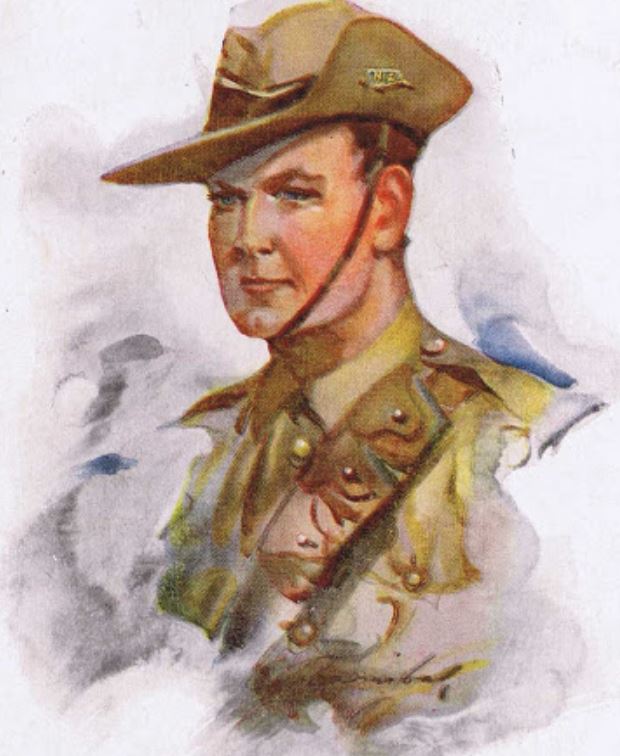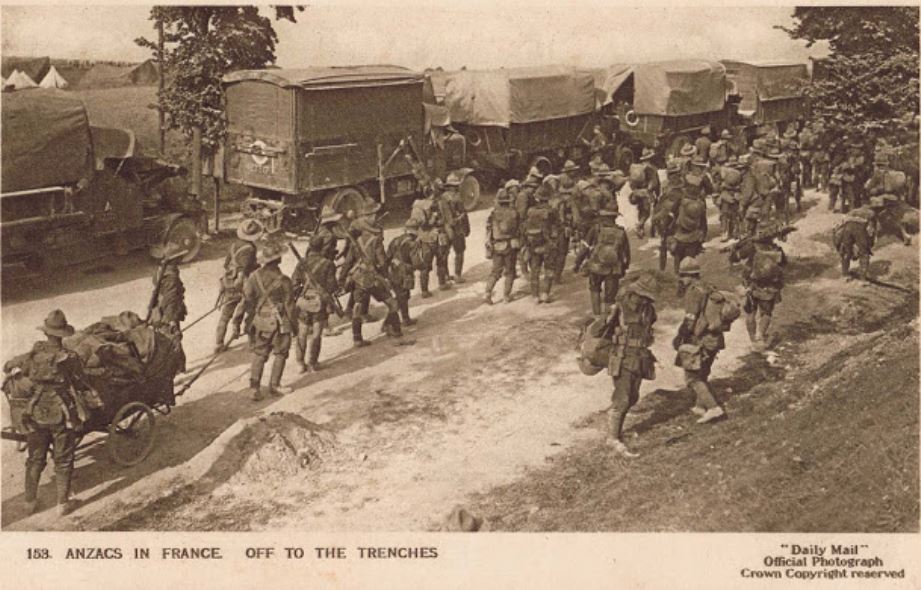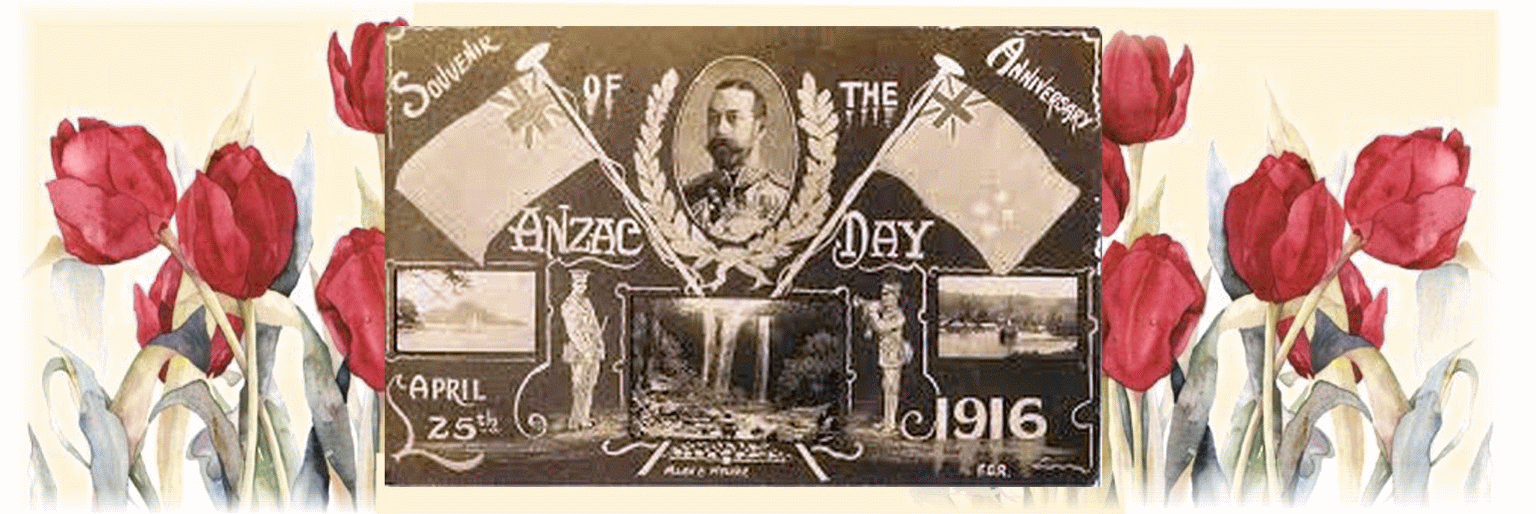|
TimeLine - WorldWar One
World War 1 began on July 28, 1914. On 4 August 1914, Germany invaded Belgium - Britain in support, declared war on Germany. The world was at war - a conflict that lasted four years, three months and 14 days - it ended on Armistice Day, November 11, 1918.
World War 1 has been called The Great War, the World War, the War to End all Wars, World War 1, WW1 and War of the Nations .
The eligible men of the Dominion automatically became a "Reserve," and were divided into two divisions - the First Division which consisted of unmarried men, those who had been married subsequently to May 1st, 1916, and widowers with no children. The Second Division comprised all other reservists, who were sub-divided into six classes according to the number of children. The Act provided for calling up by public ballot as men were required, but each man so called up had the right of appeal on certain defined grounds. To hear these appeals special boards were appointed. The men were called up to be medically examined, and according to their physical condition were classified: "A" fit for active service; "B1" able to be made fit by medical attention; "C1" likely to become fit for service overseas after special training; "C2" permanently unfit for active service but fit for service in New Zealand; "D" permanently unfitted for any service whatever. Voluntary enlistments were still accepted, and many men so offered themselves. The organisation for the administration of the Act was supplied chiefly by the Government Census and Statistical Department, which was assisted by certain auxiliary committees. The whole was under the direction of the Minister for Defence and were assisted by the Post and Telegraph Department and Police. Operating conjointly with the organisations set up under the Military Service Act was a National Efficiency Board appointed in February, 1917, for the purpose of organising industries during the war
Anzac Day, 25 April, marks the anniversary of the first campaign that led to major casualties for Australian and New Zealand forces during World War One and commemorates all the conflicts that followed. The centenary of that first bloody battle on the shores of Gallipoli was remembered In 2019 across the country and in Turkey with special ceremonies and exhibitions. This day, on 25 April 1915, soldiers from Australia and New Zealand landed at Gallipoli Cove, part of an Allied effort to capture the peninsula from the Ottoman Empire. The 2 countries became collectively named Anzacs by a military clerk keen to fit the name on a rubber stamp and the acronym stuck. After an eight-month campaign, the Allies retreated in defeat after heavy losses on both sides. More than 87,000 Turks died, along with an estimated 44,000 men from the British Empire and France, 8,500 Australians and nearly 3,000 New Zealanders - one in four of the Kiwis sent to Gallipoli.The first Anzac commemorations were held in 1916. A century later, these have morphed into big-budget productions in Australia, New Zealand and Turkey.
|






